1. Brass Everywhere
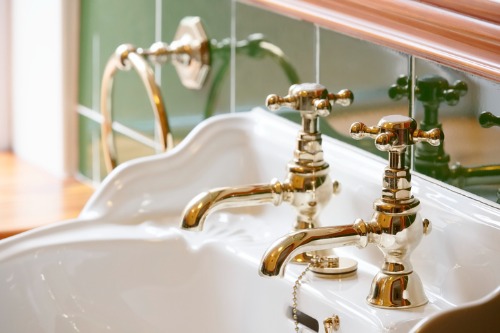
Polished brass dominated the ’80s and ’90s, especially in bathrooms and kitchens. Faucets, towel bars, light fixtures—if it could be brass, it was brass. The problem is that the shiny, yellow finish tends to look cheap and dated now. It also doesn’t blend as seamlessly with today’s more muted palettes.
The good news is that brass itself isn’t out, but the finish matters. Aged or brushed brass has made a comeback as a warmer alternative to chrome or nickel. Mixing finishes—like matte black with brushed brass—also feels fresh. The key is to avoid that all-over polished brass look that instantly transports a home back a few decades.
2. Wall-to-Wall Carpeting
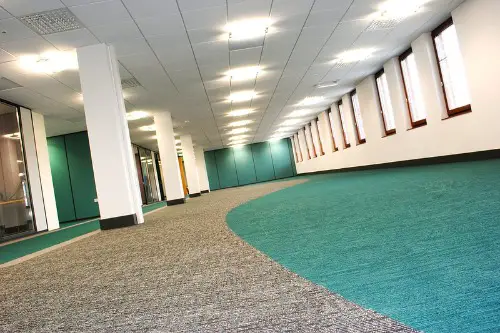
Wall-to-wall carpeting used to be a sign of luxury, but today it tends to scream dated. Over time, carpet traps odors, dust, and allergens, which makes it far less appealing compared to hard surfaces. It also wears down in high-traffic areas, leading to flattened fibers and visible paths. Most buyers and design-savvy homeowners now lean toward hardwood or luxury vinyl planks for their durability and timeless appeal.
Area rugs layered over wood or tile give a room the cozy feel carpet once provided. They’re easier to swap out and style as tastes evolve. Plus, hardwood floors add value and a sense of cleanliness that carpet can’t match. If you still love carpet, reserving it for bedrooms only can keep things fresh while still offering comfort.
3. Heavy Drapes
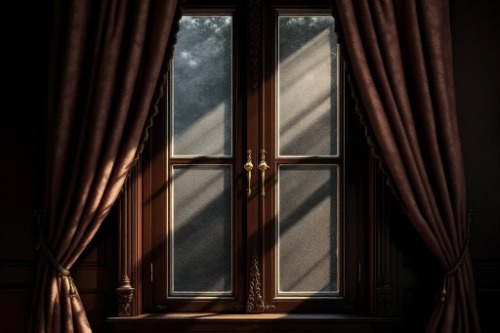
Thick, ornate drapes were once a go-to way to make a room feel elegant, but now they often feel heavy and outdated. They tend to block out natural light, which makes spaces feel darker and smaller. With the rise of open and airy interiors, people now gravitate toward lighter fabrics or shades that let in sunshine. Heavy drapery also requires frequent cleaning to avoid looking dusty and faded.
Simple linen panels or sheer curtains are much more current. They frame a window without overwhelming it and allow for that bright, modern atmosphere people want. Roller shades or Roman shades also provide privacy without the visual bulk. Updating window treatments is one of the easiest ways to refresh a room instantly.
4. Tuscan-Inspired Kitchens
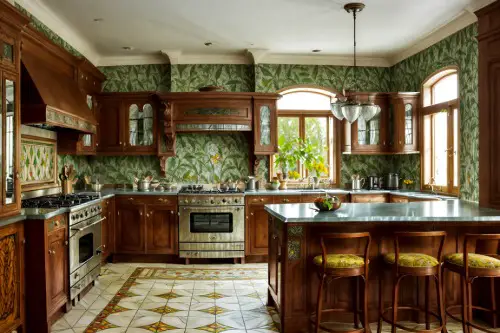
In the early 2000s, Tuscan-style kitchens with dark wood cabinets, ornate details, and heavy granite were everywhere. At the time, they felt warm and inviting, but today they often read as dated and overly busy. Dark finishes absorb light, making spaces feel smaller and less open. Kitchens have shifted toward lighter, cleaner palettes that emphasize function and simplicity.
White or light-toned cabinets paired with quartz or butcher block countertops are now more sought-after. Open shelving and minimal hardware also reflect a streamlined, modern style. While Tuscan details can still be beautiful, they’re often better suited as accents rather than the whole design. A kitchen makeover in this direction can dramatically increase a home’s perceived value.
5. Matching Furniture Sets
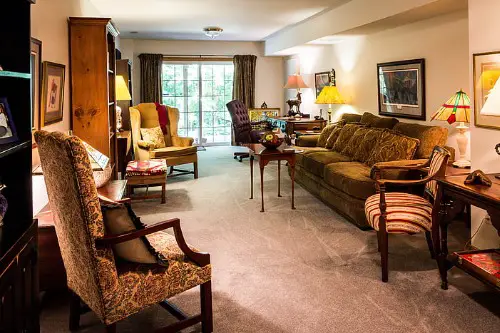
Buying an entire living room or bedroom set used to be the standard. Every piece matched perfectly, from the coffee table to the end tables, and the look was considered polished. Now, this approach tends to feel flat and unimaginative because it lacks personality. Design today favors curated, collected spaces that look like they evolved over time.
Mixing materials, finishes, and styles creates a much more dynamic room. Pairing a modern sofa with a vintage chair, for example, instantly adds character. Even small mismatches, like using different nightstands, make a space feel fresh and lived-in. The goal is to avoid the “showroom look” and lean into individuality.
6. Builder-Grade Light Fixtures
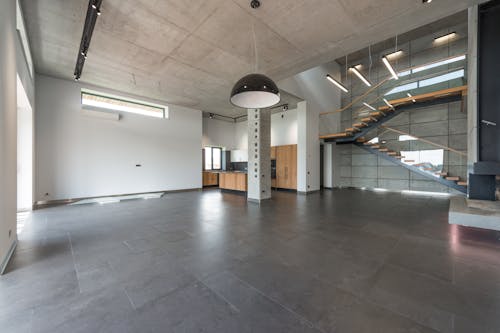
Many homes still sport the classic “boob light” domes or brass chandeliers that builders installed decades ago. These fixtures get the job done but rarely contribute anything stylish to a room. Because lighting sets the mood, outdated fixtures can drag down the entire feel of a home. A room with fresh furniture and paint can still feel old if the lighting hasn’t been updated.
Swapping out builder-grade lights is an easy and affordable upgrade. Sleek flush mounts, statement pendants, or even oversized lamps can redefine a room instantly. Lighting is also an opportunity to inject personality and tie together a design style. Think of it as the jewelry of your home—it should shine a little.
7. Vertical Blinds
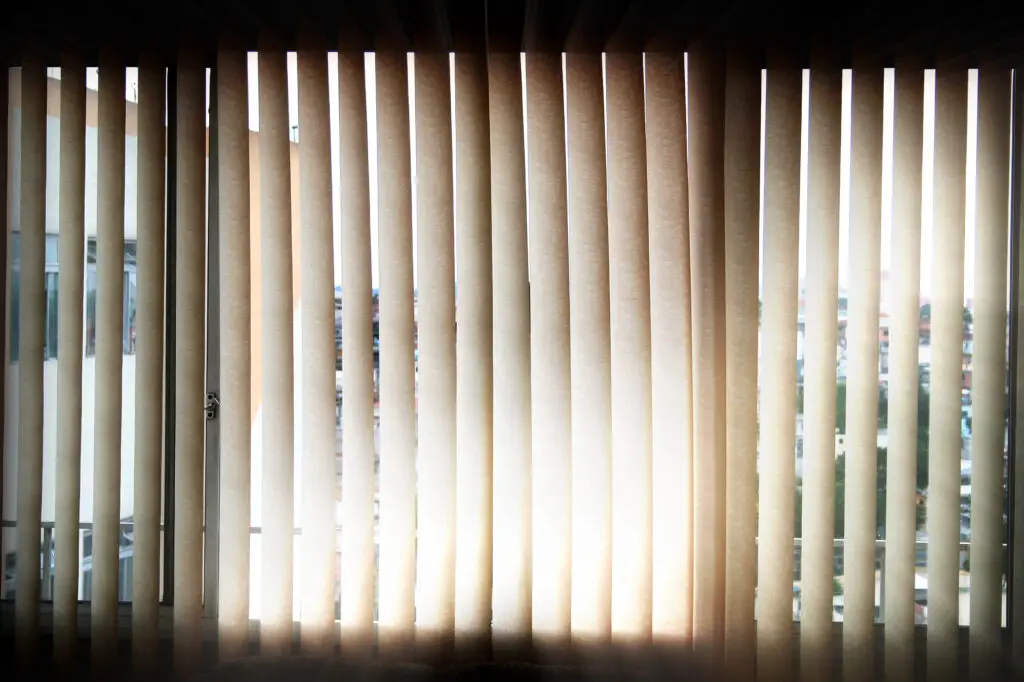
Vertical blinds were once the go-to for covering large sliding doors and windows. Unfortunately, they’re now associated with rental apartments and dated décor. They’re noisy, prone to breaking, and rarely flattering to a room’s overall design. Many homeowners now view them as a holdover from the 1980s and 1990s.
Today’s alternatives feel much more modern and functional. Sliding panels, layered curtains, or even motorized shades work better for large windows. These options not only update the look but also improve usability. Removing vertical blinds can instantly make a room feel less sterile and more stylish.
8. Faux Finishes on Walls
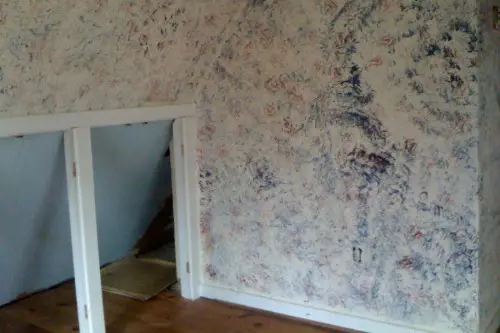
Sponged, rag-rolled, or marbled faux finishes were once a trendy DIY way to add texture. While creative at the time, these techniques usually date a room instantly now. They can make walls look busy and distract from the rest of the space. In the age of minimalism, they feel fussy and outdated.
Smooth painted walls or subtle wallpaper patterns are much more current. Neutral tones or bold, saturated colors used in moderation give a cleaner, more polished look. Textured walls can still work, but in modern approaches like limewash or Venetian plaster. If you’ve still got faux finishes, a fresh coat of paint can transform your home overnight.
9. Overstuffed Recliners and Sofas
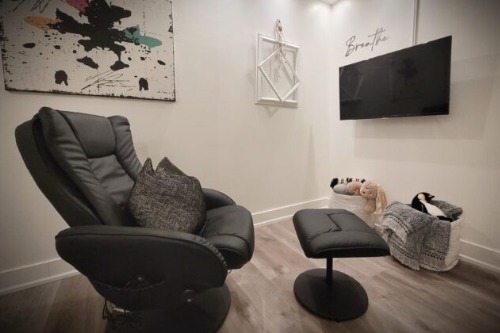
Big, bulky recliners and oversized sectionals were once prized for comfort. While they still serve that purpose, they often overwhelm a room and make it feel dated. Their massive proportions can crowd smaller spaces, leaving little room for other elements. Design has shifted toward furniture that balances comfort with cleaner lines.
Today’s sofas and chairs prioritize slimmer silhouettes and versatile shapes. Modular sectionals, for example, can adapt to different layouts without feeling clunky. Upholstery options like performance fabric mean you don’t have to sacrifice durability for style. Replacing just one oversized piece with a sleeker option can update the entire room.
10. Popcorn Ceilings
Popcorn ceilings, once a staple in mid-20th-century homes, are one of the quickest ways to give away a home’s age. They were popular for their ability to hide imperfections inexpensively, but today they’re considered more of an eyesore than a feature. The texture often traps dust and cobwebs, which makes it tough to keep clean. On top of that, homes built before the 1980s may have asbestos in the material, which is another reason many homeowners choose to remove them.
A flat or lightly textured ceiling creates a more modern, open look. Even a simple skim coat can transform a space, instantly making it feel fresher. This is one update buyers often notice right away because ceilings take up so much visual space. Replacing or smoothing out a popcorn ceiling is often worth the investment, both aesthetically and for resale value.
11. Glass Block Walls
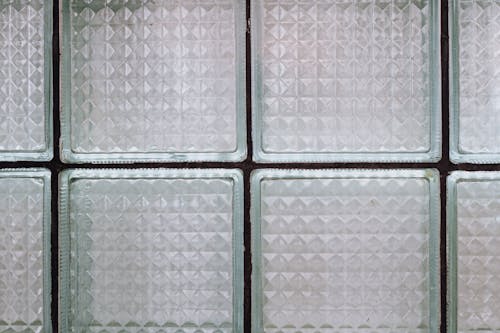
Glass block walls once symbolized modern design, especially in bathrooms and entryways. They provided privacy while still letting in light, but now they read as very ’80s and ’90s. Their chunky, patterned look doesn’t align with today’s sleek, minimalist aesthetic. They also limit flexibility when renovating, since they’re harder to remove or update.
Clear glass, frosted glass, or even textured panels are now more stylish alternatives. These options still let light through but with a more contemporary feel. In bathrooms, frameless glass showers have replaced glass block enclosures. Updating or removing glass block features is one of those changes that instantly modernizes a space.
12. Floral Borders and Wallpaper Trim

Floral borders along the tops of walls were once a decorating staple, especially in kitchens and bedrooms. They were inexpensive and easy to apply, which made them a popular DIY choice. The problem is, they tend to feel more like a relic of the past than a fresh design choice today. Borders also chop up walls visually, making ceilings appear lower.
Modern wallpaper is having a resurgence, but in bold, all-over patterns or subtle textures. Instead of borders, designers now opt for accent walls or murals that feel intentional. Paint in contrasting tones also achieves a similar effect without dating a room. Removing those old borders is a relatively quick update with big impact.
This post 12 Interior Design Moves That Date Your Home Instantly was first published on Greenhouse Black.
